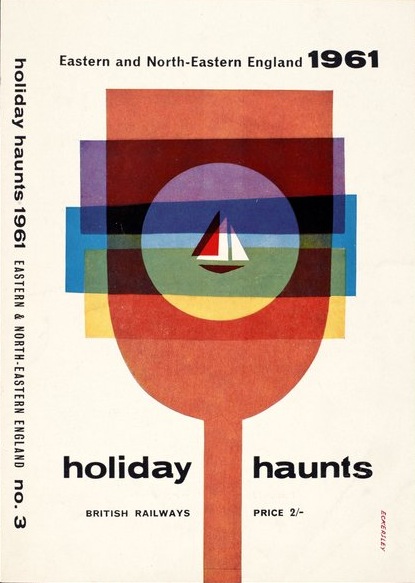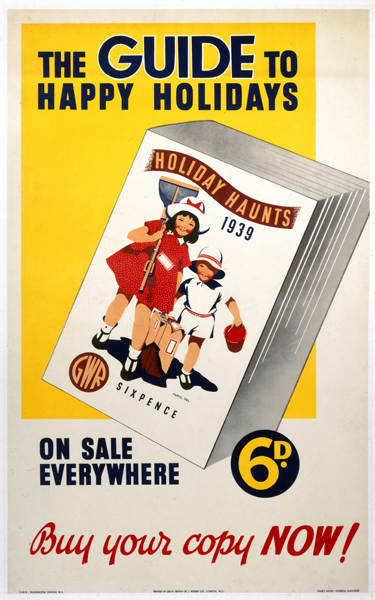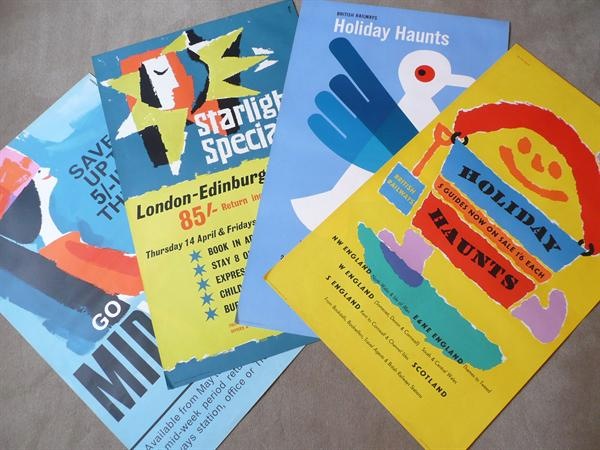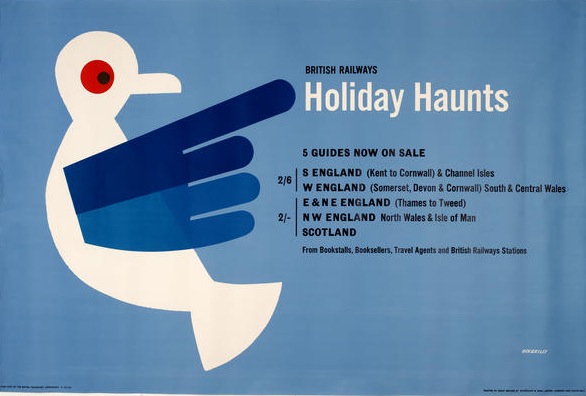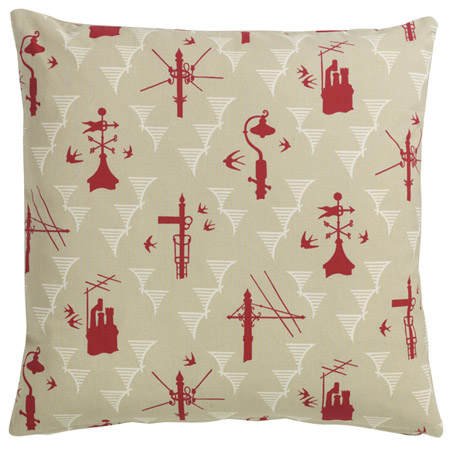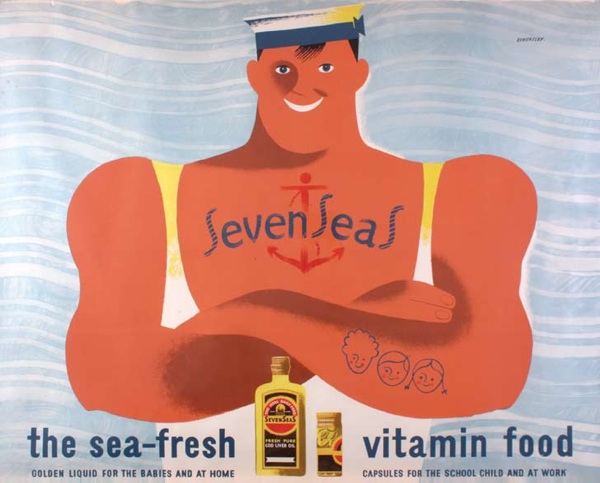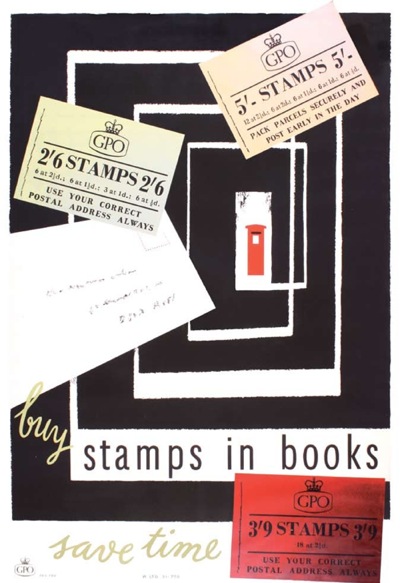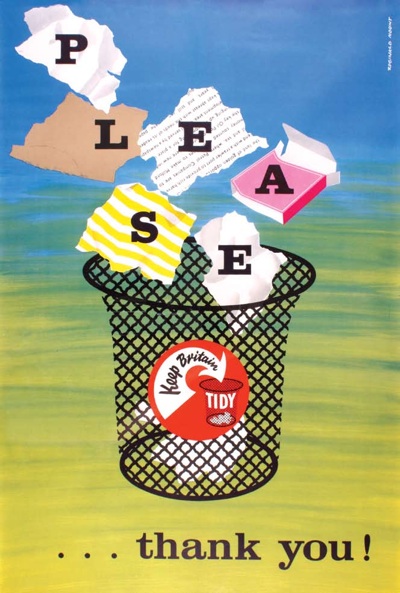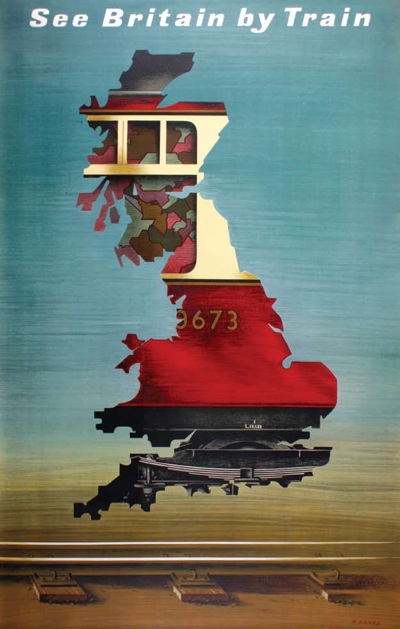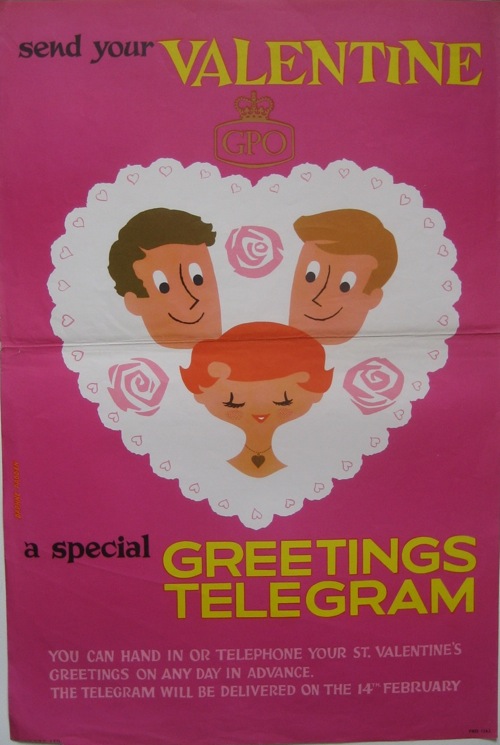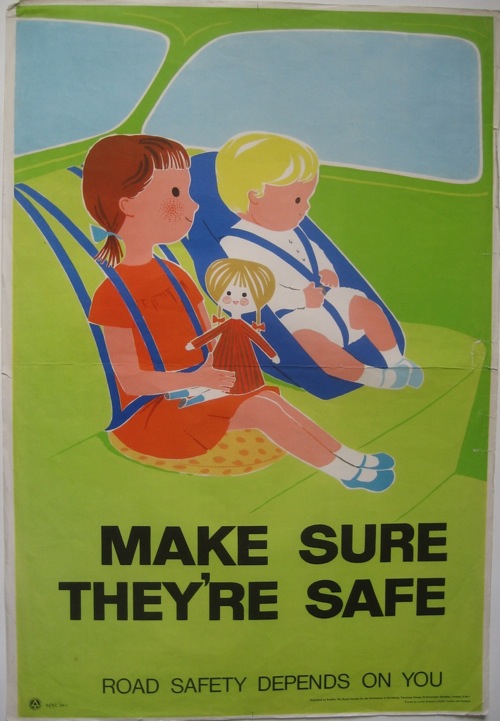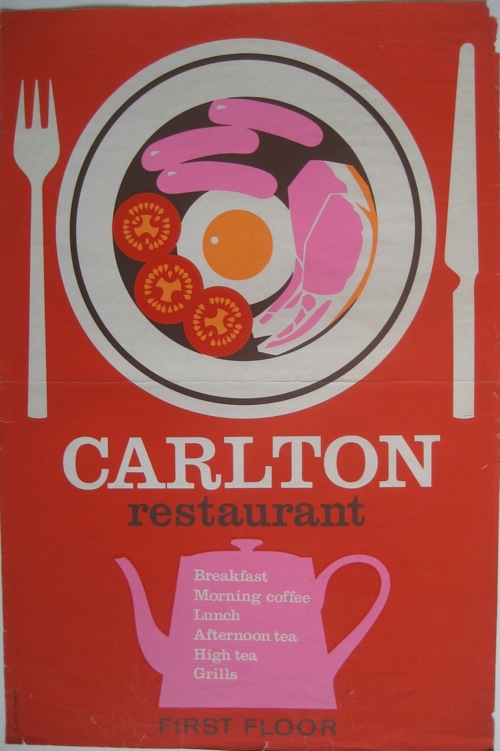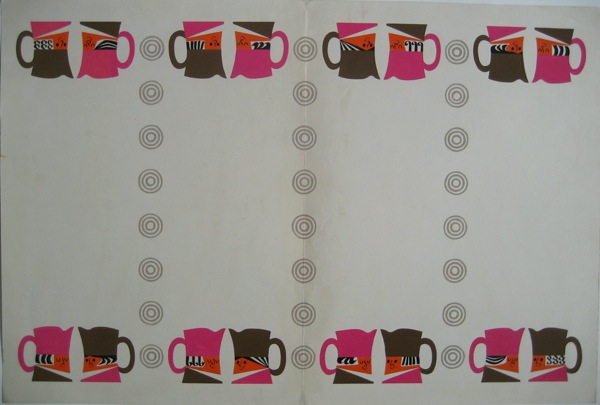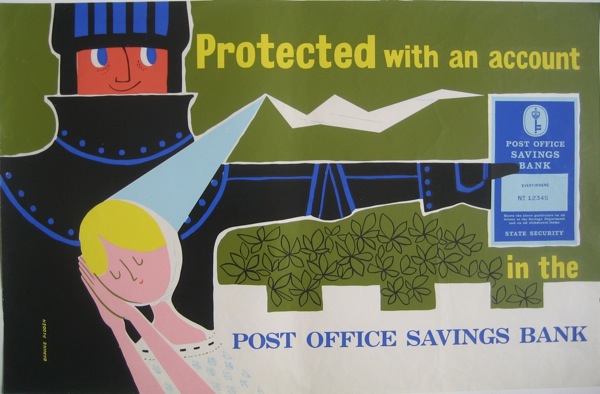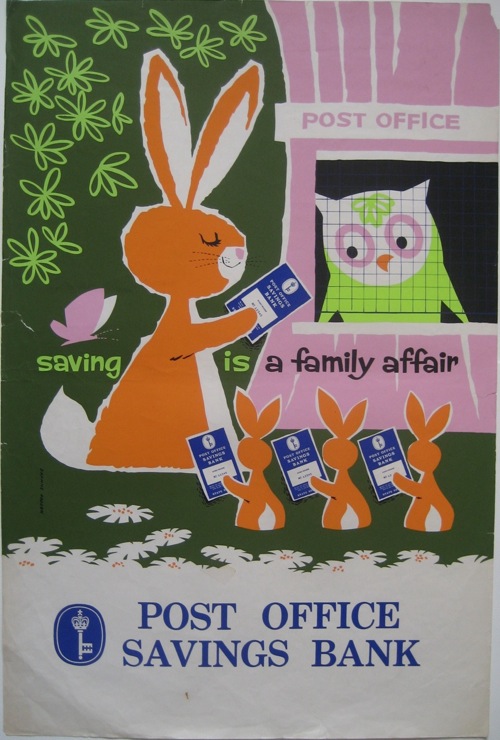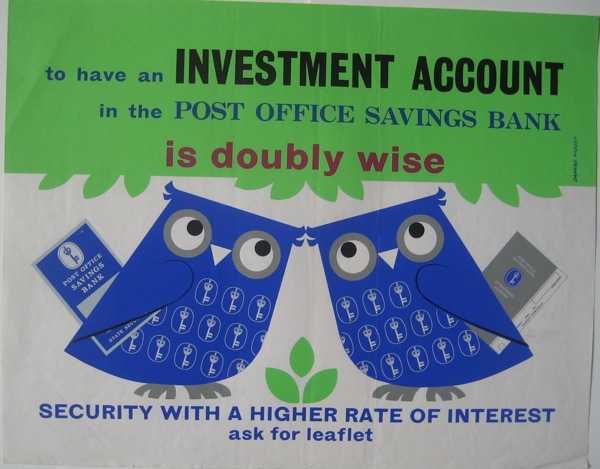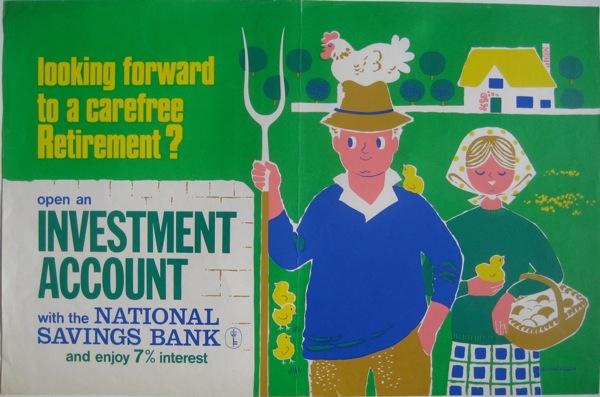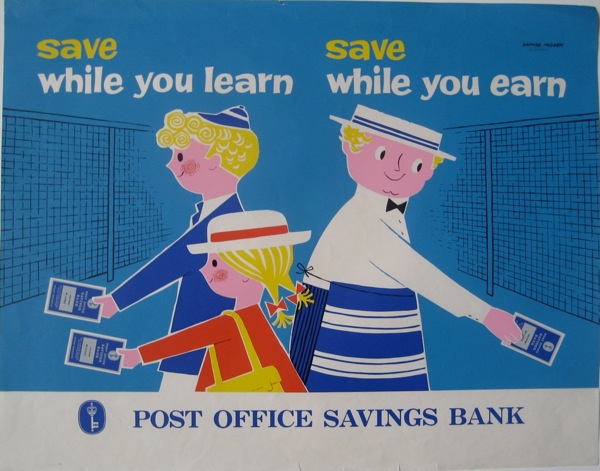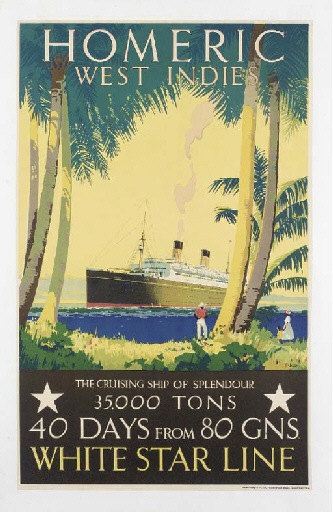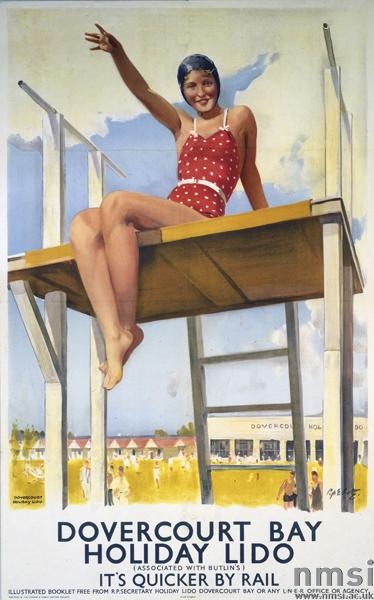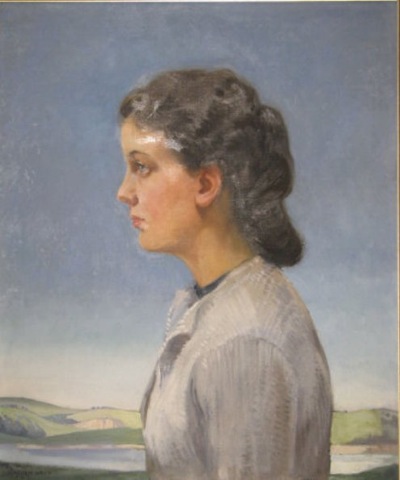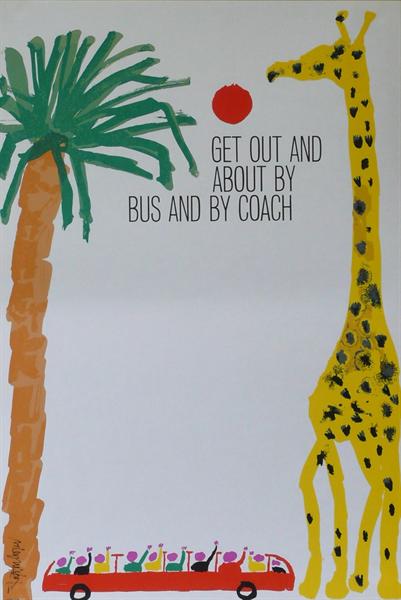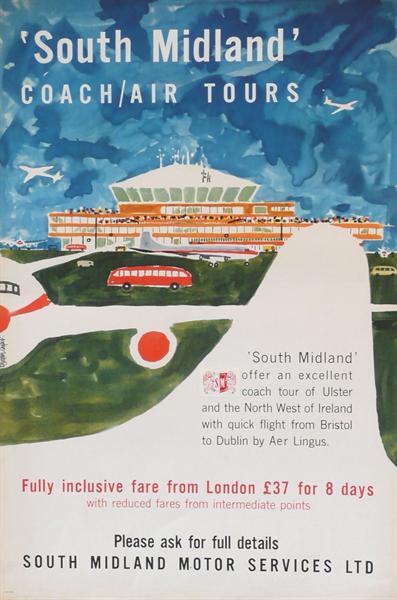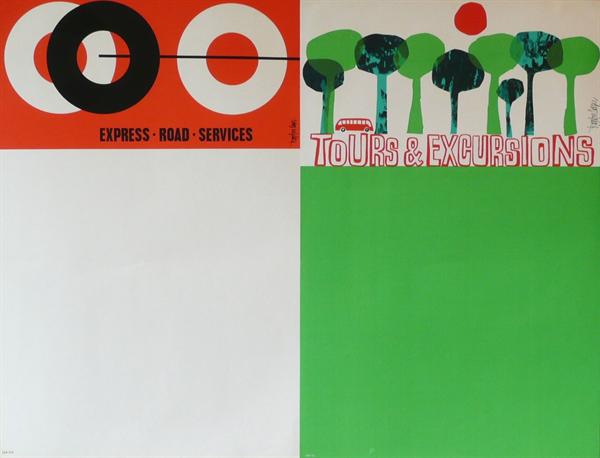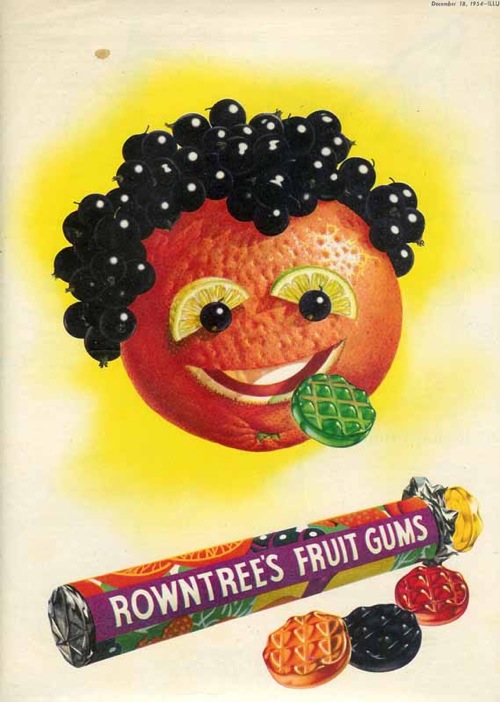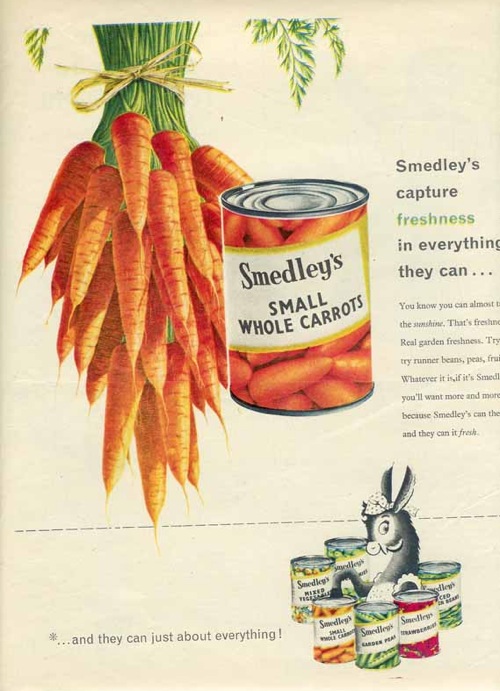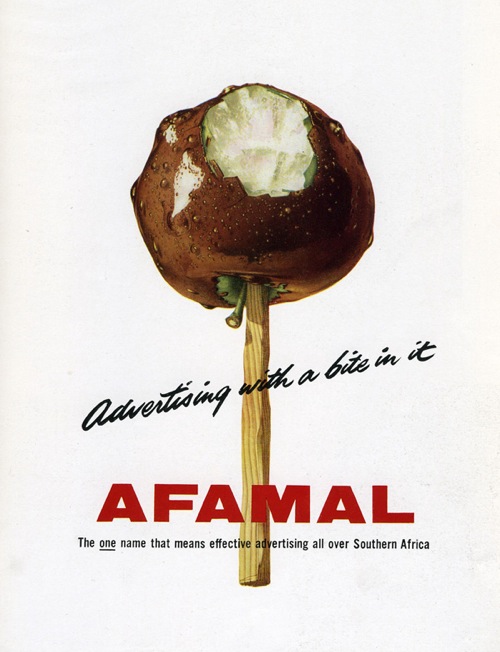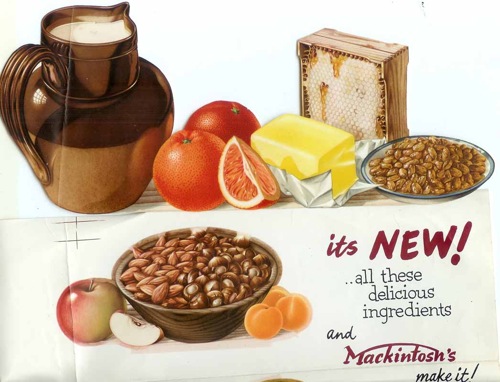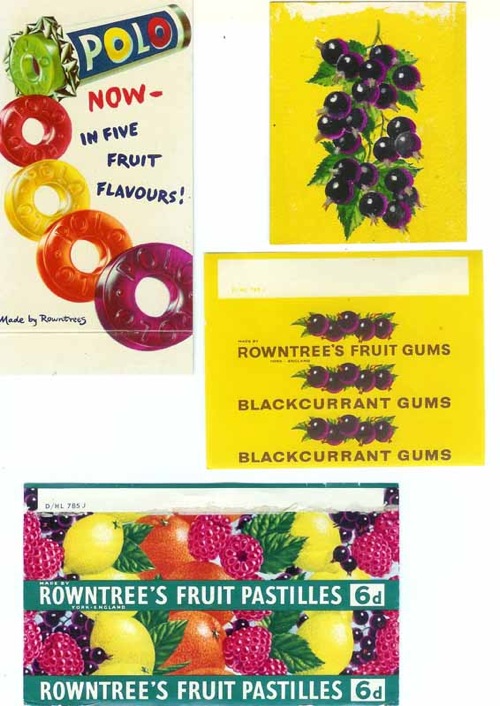Holiday Haunts
Once again, I’m thinking about holidays. I actually have got round to booking the Crownfolios’ annual fortnight, but two things have brought my mind round to the subject again. Or to be precise, to Holiday Haunts. This was the railways’ annual guide to hotels, B&Bs, and other such places to stay in Britain, the idea being, of course, that you got there by train.
In the first place, the ever-attentive Mike Ashworth sent this over, pointing out that it was by Bruce Angrave.
Considering the date and the Art Deco style, it must have been one of the earliest things he did. Which is interesting enough on its own.
But it also, and unsurprisingly, got me thinking about Morphets, where a whole slew of Holiday Haunts material is for sale. Anyone fancy 20 volumes from the 50s and 60s for your shelves?
It’s lot 584 if you do.
Now, I know that we’re veering close to the dangerous territory of railway ephemera here, but bear with me. Can you see that Eckersley peeking out at the bottom left of that picture above? Well exactly. Here it is in full.
Now Holiday Haunts was a blockbuster publication. At the height of its success it sold over 200,000 copies a year, so covers like this, and indeed the Angrave above, would have meant modern design going into the homes of huge numbers of railway-travelling, seaside-holidaying people who perhaps wouldn’t have seen it otherwise. I hope they, or at least their dissident teenage children, liked it.
Because this is ephemera, I won’t go into too much detail but Holiday Haunts was originally created by the GWR in 1906,
reached its height in the 1920s and 30s,and was then continued by British Railways after nationalisation in 1947. And I am mostly telling you this because I have found this photo. It’s the 1930 edition of Holiday Haunts being printed at the old Butler and Tanner print works in Somerset.
These men were printing about 50 metres from where I am typing this now. I’d be able to see the building from my window, if they hadn’t taken the top two floors off when they converted it into flats. So, Holiday Haunts, printed right next door to Quad Royal. How about that.
But, in case you think me entirely lost to ephemera and local history, there is more purpose to this. Because designers like Eckersley and Games didn’t just design covers for Holiday Haunts, they also designed posters to advertise it. I’ve mentioned this Morphets lot already – there’s an Unger in there too.
Here’s a different version of the Eckersley poster, courtesy of VADS and the Eckersley archive.
But there were also carriage-print scale posters too (top right, below, again from Morphets).
But there’s more of an attraction for me in Holiday Haunts than just the great posters and the cover designs. It also evokes a nostalgia in me for a past I never had.
The kind of British seaside holiday where the sun shone every day and you could get tea in proper cups on the beach (I know this is true, I’ve seen it on railway posters). The kind of holiday where your family would stay in a camping coach. And like it.
(Riley, 1957, also on sale at Morphets. Isn’t everything.)
There are probably some clues in here about what posters – and particularly railway posters – mean today, and why they attract us so. Ah the past, when the countryside was prettier, things were simpler and people were happy anyway even if they did have to stay in a shed. Possibly, but also possibly not; there were just fewer consumer goods and people thought that a railway coach for 8 for a week was a form of luxury. Mind you, I’m off to stay in a mobile home on a French campsite. So perhaps holidays – and people – haven’t changed that much after all.


